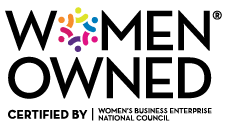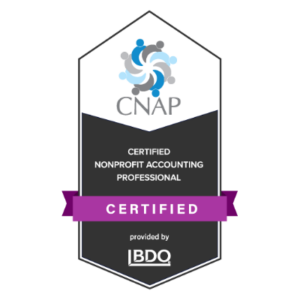Guidestar, the neutral database of all nonprofit organizations in the US with revenue over $200k, recently published a study that demonstrated that organizations who provided better and more information to stakeholders raised substantially more money in subsequent years than organizations who didn’t share information with stakeholders.
More specifically, nonprofits who went from not transparent at all to fully transparent via their Guidestar profile raised 53% more in contributions in the following year. And nonprofits who just upgraded their Guidestar rating one unit by being just a little bit more transparent still raised 26% more the following year.
But only 16% of nonprofits in the Guidestar database of 14,000 organizations actually take the time to actively be more transparent.
If the data is proven, why in the world isn’t everyone doing this?
First of all, let’s break down the drivers of nonprofit transparency to understand why there’s such a gap. This study concluded that the following factors were strong determinants into the organization’s level of transparency:
- Strength of organization’s governance and board – If the nonprofit has a large, active board that meets all of the standard measures of good governance (check out the governance section of the 990 for more info!), they’re more likely to be transparent with their financials.
- Performance of the organization – If the organization has strong growth and positive financial metrics, they will be more likely to share this information. On the flip side, poor-performing organizations are more hesitant to enhance their Guidestar profile for fear of increased scrutiny.
- Professionalism of the staff – If the nonprofit has a paid, full-time, professional staff they are likely to have the capacity and expertise to be more transparent, compared to organizations with smaller, volunteer staff.
- Organization’s reliance on contributions – If an organization relies heavily on contributions from the general public (as opposed to program service fees or large government contracts), they are more likely to respond to donor requests for transparency.
- State regulation environment – If the nonprofit resides in a state that requires an audit or other forms of transparency and disclosure, the organization will be more transparent in order to comply.
Based on the information above, not all nonprofits are created equal. With different levels and types of funding, different board and staff structures and capacities, many nonprofits are less inclined to be transparent with their financials and program metrics.
Another factor I’ve seen firsthand in my work with nonprofits around the globe is that nonprofit leaders aren’t comfortable enough with the financials to be able to confidently share interesting, insightful information that will make an impact on their donors. So instead, they don’t share anything.
But even though this study shared that 78% of donors do not consult any third-party intermediary organizations before contributing (including Guidestar), they do provide more contributions to organizations with higher operating margins and efficiency ratios. Contributions increase when total assets, program ratio, and operating margin increases which is why it’s important to understand these metrics for your own organization.
You might think that communicating your financials is complicated, confusing, and time-consuming – and you may even question your ability as a leader if this doesn’t come easily to you. Let’s skip the drama and keep it simple and sustainable. Here are the metrics:
- Program ratio = program expenses / total expenses. The higher the better. (For reference, the Better Business Bureau Wise Giving Alliance requires organizations to spend at least 65% of total expenses on programs to be accredited.)
- Cost of fundraising = fundraising expenses / total contributions. The lower the better. (Again for reference, the BBB says no more than 35% of contributions should go towards fundraising expenses.)
- Operating margin = total revenue – total expenses / total revenue. The higher the better.
- Donor reliance = total contributions / total revenue
The great thing about all of this nonprofit transparency talk is that Guidestar makes it very easy to update their database with your newly transparent information, and thus increase your rating.
Here are a couple easy steps to increase your transparency and thus your Guidestar rating.
- Check out your organization’s rating on Guidestar. Are you not rated? Bronze? Silver? Gold? Platinum?
- Understand Guidestar’s rating system and what it takes to get to each level.
- Bronze is the lowest rating and requires only your contact information, mission statement and basic program info. This is a no-brainer!
- Silver requires everything of Bronze, plus audited financials uploaded to Guidestar or their basic financial statement filled in. Another easy-peasy!
- Gold requires everything of Silver, plus answering five questions (to which you probably already have the answers from a grant application or annual report!)
- Problem Overview – What is your organization aiming to accomplish?
- Goals – What are your organization’s goals?
- Strategies – What are your strategies for making this happen?
- Capabilities – What are your organization’s capabilities for doing this?
- Indicators – How will your organization know if you are making progress?
- Progress – What have you accomplished so far and what’s next?
- Platinum includes everything from Gold, plus selecting a handful of metrics from their list and updating with your organization’s numbers.
- Take 15 minutes to get your organization to Gold!
We are working with our clients to get them all to Gold this year. Transparency within and outside of your organization creates ownership and engagement, and I believe all nonprofit leaders would love more engagement from their stakeholders.
And remember, nonprofits who upgraded their Guidestar rating one unit by being just a little bit more transparent raised 26% more the following year!
Do you need help increasing your transparency outside of Guidestar’s framework? Grab our Transparency Tip Sheet here to learn how to share your financials the right way!
























